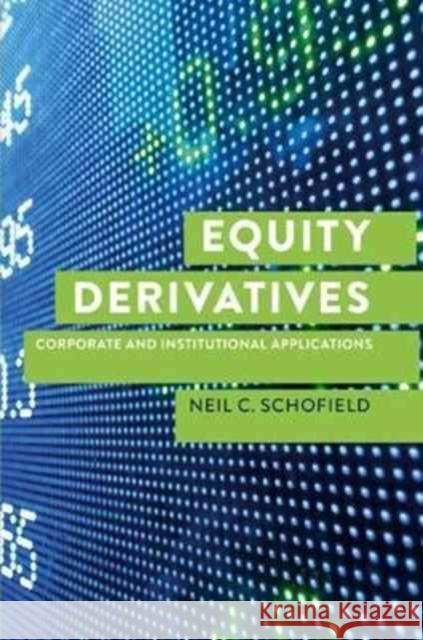Equity Derivatives: Corporate and Institutional Applications » książka
topmenu
Equity Derivatives: Corporate and Institutional Applications
ISBN-13: 9780230391062 / Angielski / Twarda / 2017 / 487 str.
Kategorie:
Kategorie BISAC:
Wydawca:
Palgrave MacMillan
Język:
Angielski
ISBN-13:
9780230391062
Rok wydania:
2017
Wydanie:
2017
Ilość stron:
487
Waga:
0.84 kg
Wymiary:
24.46 x 16.61 x 3.25
Oprawa:
Twarda
Wolumenów:
01
Dodatkowe informacje:
Bibliografia
Wydanie ilustrowane
Wydanie ilustrowane











